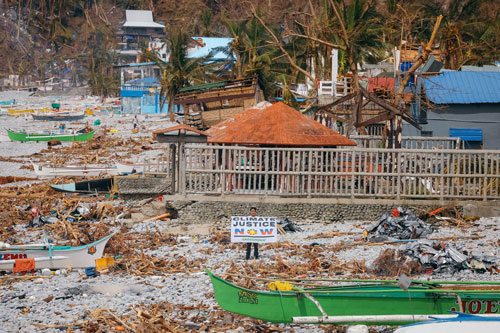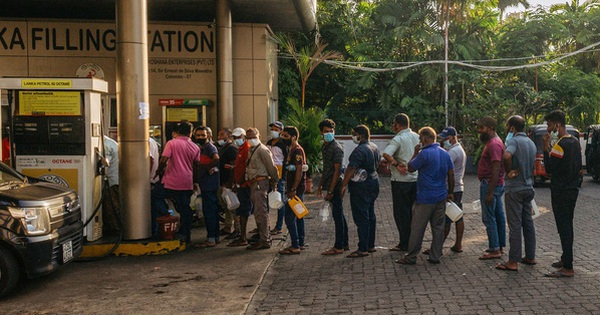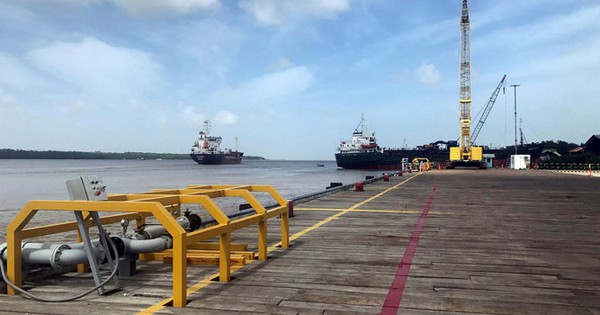Asia suffered heavy losses because of the disaster
The world has witnessed 350-500 medium and large disasters each year over the past two decades. However, governments “fundamentally” are still underestimating their true impact on people’s lives and livelihoods.
That is the assessment made in the Global Assessment Report 2022 of the United Nations Office for Disaster Risk Reduction (UNDRR) on April 26.
According to the report, human activity is contributing to the increase in disasters, which could amount to 560 per year by 2030 and put millions of lives at risk. The report covers disasters ranging from floods, droughts and hurricanes to earthquakes and epidemics.
Climate change is causing more extreme weather events while people are not prepared enough to deal with potential disasters. The impact of disasters is also highlighted by population growth in disaster-prone areas.
“Raising the alarm by telling the truth is not only necessary, it is also important… It is less expensive to act before a devastating disaster than to wait until it has occurred to respond.” – Ms. Mami Mizutori, head of UNDRR, commented.
This year, the United Nations-backed Intergovernmental Panel on Climate Change (IPCC) has warned that climate change impacts, from heatwaves to droughts and floods, will be frequent. and more fierce, causing damage to nature and people. However, according to IPCC, measures to cut emissions and adapt to global warming are lagging.

After making landfall in the Philippines in December 2021, Typhoon Rai killed more than 300 people and caused about 500 million USD in material damage Photo: REUTERS
Now, a new UNDRR report also shows that disasters are becoming more frequent and more intense, threatening to push 100 million more people into poverty by 2030. Statistically, disasters cause average damage $170 billion per year for the past decade. The developing countries suffer the most, losing an average of 1% of GDP per year. For developed countries, this rate is 0.1% – 0.3% of GDP per year.
Geographically, the Asia-Pacific region suffered the most (average loss of 1.6% of GDP per year). In the Philippines, for example, millions of people are still grappling with the aftermath of Typhoon Rai. After making landfall in December 2021, this storm has killed more than 300 people, displaced hundreds of thousands of people and caused about 500 million USD in material damage.
Many experts urge politicians and planners to commit to more ambitious climate policies and accelerate the transition to green energy to help the most vulnerable groups. Others argue that countries should invest in building systems that can help people cope with the climate threat.
Mizutori personally called on the international community to strengthen support for developing countries still affected by the Covid-19 pandemic amid rising debt and inflation. This assistance will allow struggling countries to prioritize disaster risk response.
at Blogtuan.info – Source: nld.com.vn – Read the original article here



